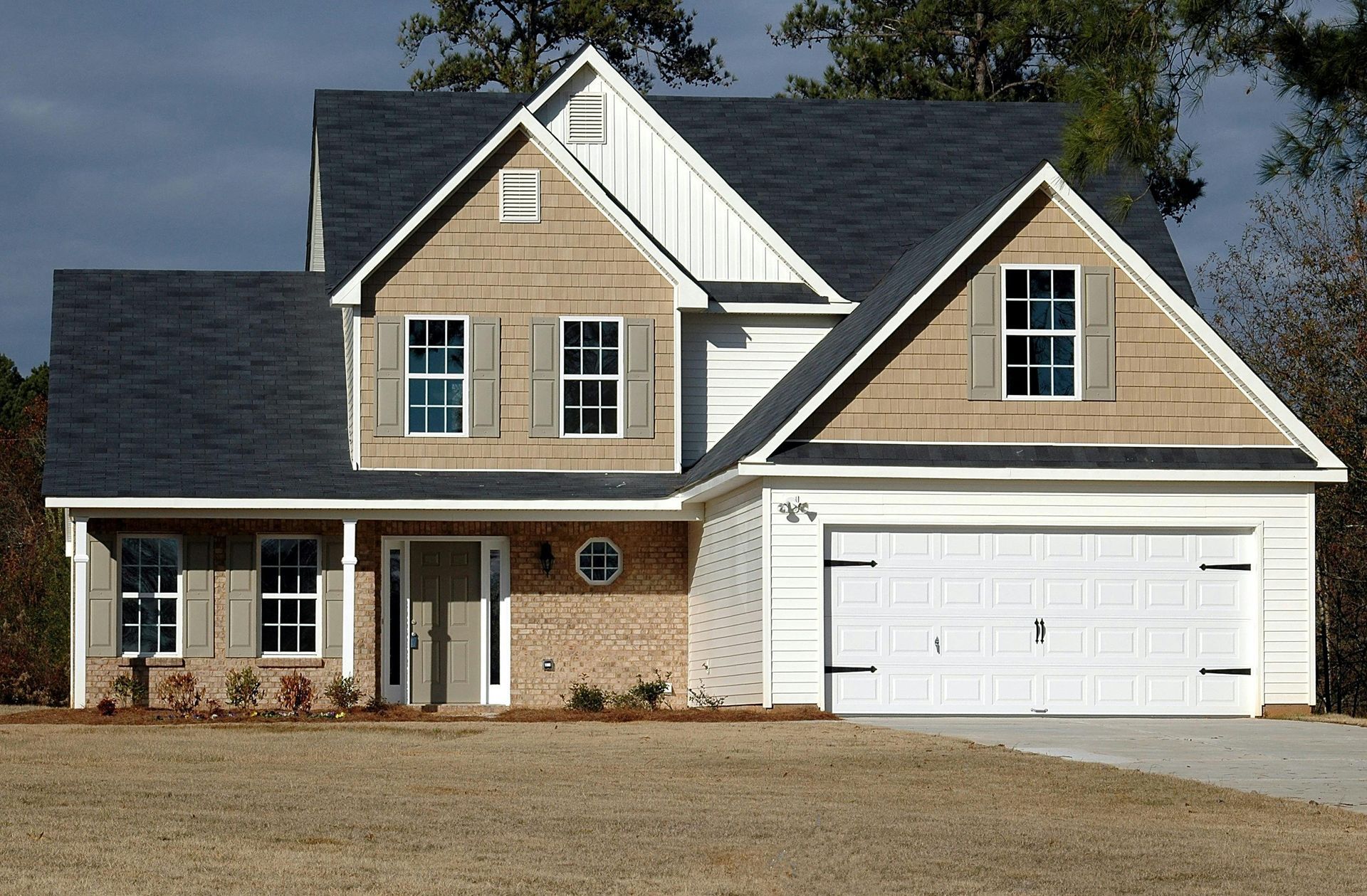A Homeowner's Guide to Roof Replacement
Is Your Roof Ready for Retirement? A Homeowner's Guide to Roof Replacement

Your roof is your home's unsung hero, a tireless guardian against the elements. But even the best heroes eventually need a break, or in this case, a complete overhaul. Knowing when your roof is nearing its end and what to anticipate during a replacement project is essential for every homeowner. Ignoring the signs can lead to costly interior damage, structural issues, and headaches down the road.
So, how do you know if it's time to consider a roof replacement?
Signs It's Time to Replace Your Roof:
- Age of Your Roof: This is often the most straightforward indicator. Most asphalt shingle roofs typically last between 15-30 years, depending on the type and climate. If your roof is approaching or has exceeded its expected lifespan, it's wise to have it professionally inspected, even if there are no obvious signs of damage.
- Missing or Damaged Shingles: Look for shingles that are cracked, curled, buckling, or entirely missing. These are clear signs of wear and tear and compromise your roof's ability to shed water effectively.
- Granule Loss: As asphalt shingles age, the protective granules that cover them wear off. You might notice these granules accumulating in your gutters or downspouts. Significant granule loss exposes the asphalt to harmful UV rays, accelerating deterioration.
- Dark Streaks or Stains: While often caused by algae or moss, widespread dark streaks can also indicate moisture retention and potential issues beneath the surface, especially if accompanied by other signs of aging.
- Sagging Roof Deck: A sagging or drooping roofline is a serious concern and can indicate structural damage due to water saturation or inadequate support. This requires immediate professional attention.
- Water Leaks or Stains Inside Your Home: Any sign of water staining on your ceilings or walls, especially in the attic, is a definitive sign of a roof leak. Don't ignore these – even small leaks can lead to significant mold growth and structural damage over time.
- Light Coming Through the Roof Deck: Head into your attic on a sunny day. If you can see daylight shining through the roof boards, you have holes or cracks that need addressing, likely indicating a need for replacement.
- Neighbors Getting New Roofs: While not a direct indicator for your roof, if homes in your neighborhood built around the same time as yours are getting new roofs, it's a good sign that your roof is also reaching its life expectancy.
What to Expect When Replacing Your Roof:
Replacing a roof is a significant home improvement project, but knowing what to expect can alleviate some of the stress.
Finding a Reputable Contractor: This is perhaps the most critical step. Get multiple quotes and ensure contractors are licensed, insured, and have positive references. Ask for a detailed proposal outlining the scope of work, materials used, warranty information, and payment schedule.
Permits and Inspections: A reputable contractor will typically handle obtaining the necessary permits from your local municipality. Your roof replacement will likely require inspections during and after completion to ensure it meets local building codes. In Pennsylvania, many townships require a permit if structural work (like replacing roof sheathing) is involved.
Material Selection: You'll have various roofing materials to choose from, each with different costs, lifespans, and aesthetics.
- Asphalt Shingles: Most common, affordable, and easy to install. Lifespan generally 15-30 years.
- Metal Roofing: Known for longevity (40-70+ years) and energy efficiency, but often higher upfront cost.
- Tile (Clay/Concrete): Very durable, fire-resistant, and long-lasting (50-100+ years), but heavier and may require additional structural support.
- Wood Shingles/Shakes: Offer a natural look, can last 30-50 years with proper maintenance, but are susceptible to fire and rot.
- Synthetic Materials: Mimic natural materials like slate, offering good durability (50+ years) and often lighter weight and less maintenance.
The Installation Process:
- Protection: Your contractor should take steps to protect your landscaping, driveways, and other exterior elements from debris.
- Tear-Off: The old roofing material will be removed down to the roof deck. This is a noisy and messy process.
- Deck Inspection and Repair: The roof deck will be inspected for any damage or rot, and necessary repairs will be made.
- Underlayment and Flashing: A new underlayment (a protective layer) will be installed, followed by flashing around chimneys, skylights, and vents to prevent leaks.
- New Roofing Material Installation: The new roofing material will be installed according to manufacturer specifications and local building codes.
- Cleanup: A thorough cleanup of all debris, including nails, is crucial after the project is complete.
Timeline: The duration depends on the size and complexity of your roof, the weather, and the crew size. Most residential roof replacements can take anywhere from a few days to a week.
Cost: Roof replacement is a significant investment. As of 2025, the average cost can range from $5,800 to $47,000, with most homeowners spending between $7,000 and $14,500. The cost varies widely based on roof size, chosen materials, complexity of the job, and your geographic location. Labor expenses typically account for more than half of the total cost.
Warranty: Understand the warranties offered by both the roofing material manufacturer and your contractor for their workmanship.
Don't wait until a small leak becomes a major problem. Regularly inspect your roof, and if you notice any of the warning signs, contact a qualified roofing professional for an assessment. A proactive approach to roof replacement will protect your home and provide peace of mind for years to come.
